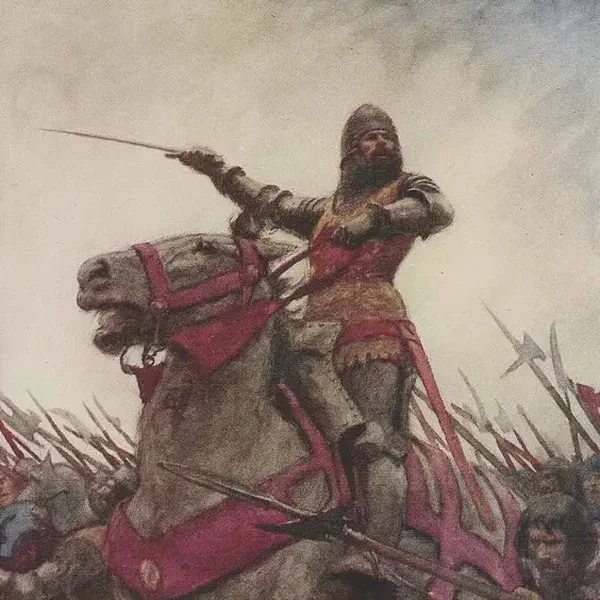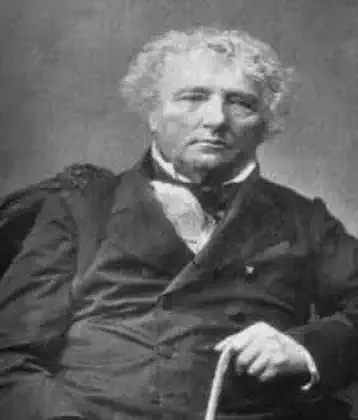
The Glyndŵr Rising was a Welsh rebellion led by Owain Glyndŵr against the Kingdom of England during the late Middle Ages, it lasted 15 years from 1400 to 1415.
It was the last Welsh War of Independence.
1405 Carmarthen Sacked
Carmarthen was sacked by Owain Glyndwr in 1405, and later passed to Edmund Tewdwr, father of the future Henry VII.
Carmarthen - the “Sea Fort”
When Britannia was a Roman province, Carmarthen was the civitas capital of the Demetae tribe, known as Moridunum (“Sea Fort”). It is possibly the oldest town in Wales, recorded by Ptolemy and in the Antonine Itinerary.
Time Line
The strategic importance of Carmarthen was such that the Norman William fitz Baldwin built a castle probably around 1094.
The existing castle site is known to have been used since 1105.
The castle was destroyed by Llywelyn the Great in 1215.
In 1223 the castle was rebuilt and permission was received to wall the town (a murage).
In 1405 the town was taken and the castle was sacked by Owain Glyndŵr.
Owain Glyndŵr - Last Welsh Prince of Wales
Owain Glyndŵr, sometimes anglicized as Owen Glendower (1359c. - 1416) and crowned as Owain IV of Wales, was the last Welshman to hold the title Prince of Wales.
He instigated an ultimately unsuccessful revolt against English rule of Wales. On September 16, 1400, Owain acted, and was proclaimed Prince of Wales by a small band of followers. This was a revolutionary statement in itself. Owain’s men quickly spread through North-East Wales.
1403 - Revolt Becomes National
1403 marks the year when the revolt became truly national. Owain struck out to the West and the South. Recreating Llywelyn the Greats campaign in the West, Owain marched down the Tywi Valley. Village after village rose to join him. English manors and castles fell or their inhabitants surrendered. Finally, Carmarthen, one of the main English power-bases in the West, fell and was occupied by Owain.
Owain then turned around and attacked Glamorgan and Gwent. The castle at Abergavenny in Gwent was attacked and burnt. Owain pushed on down to the coast, burning Usk and taking Cardiff and Newport. Royal officials report that Welsh students at Oxford were leaving their studies for Owain and Welsh laborers and craftsmen were abandoning their employers and returning to Wales in droves.
Owain could also draw on the seasoned troops from the English campaigns in France. Hundreds of Welsh archers and men-at-arms left English service to join the rebellion.
Was Merlin Born in Carmarthen
According to some variants of the Arthurian legend Merlin was born in a cave outside Carmarthen, with many noting that Merlin may be an anglicized form of Myrddin.
Historians generally disagree with this interpretation of the name, preferring that Myrddin is a corruption of the Roman name, but the story is popular. Many areas surrounding Carmarthen still allude to this, such as the nearby Bryn Myrddin (Merlins Hill).
More From This Day









